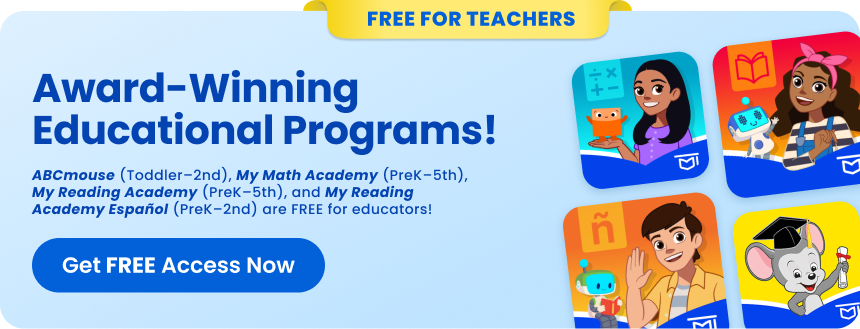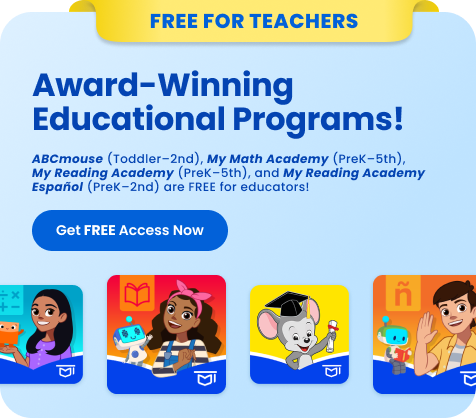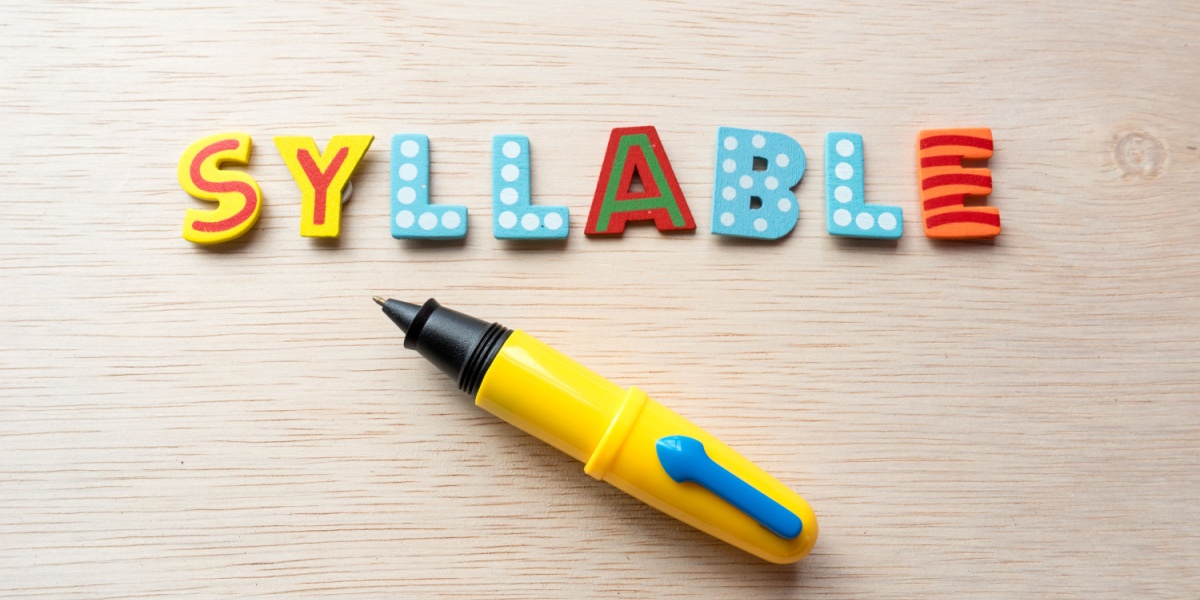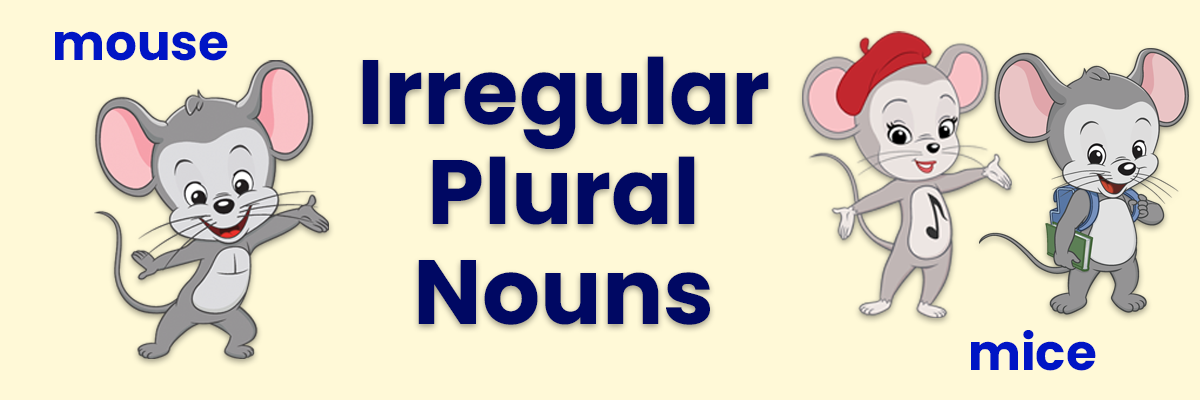
The Simple View of Reading: Breaking Down the Basics for Parents and Teachers
Learn about this research-backed formula for successful reading comprehension and how to embrace it at home.
What is the Simple View of Reading (SVR)?
The Simple View of Reading is a research-backed model for understanding reading comprehension. It’s essentially a formula illustrating that students must master both decoding and language comprehension in order to have true reading comprehension. If either of those components are missing, the student will struggle.
- Decoding: In their early years, students focus heavily on learning letters and the sounds they make, then combining those sounds into words (phonics). Decoding is the ability to use those phonics skills to sound out written words on the page. Children usually focus heavily on this skill from preschool through grades two or three. Learn more about decoding here.
- Language Comprehension: In addition to sounding out words, students must also know what they mean. Language comprehension includes vocabulary, grammar, and punctuation. Students start to develop these skills in preschool and continue throughout their school years.
- Reading Comprehension: When a child has strong decoding and language comprehension skills, they’ll likely also have strong reading comprehension skills. This means a child can sound out and read words fluently and understand their meaning at the same time. It’s the difference between sounding out a list of words and reading and understanding a complete story or book.
Think of it this way:
Imagine you’re learning a new language, and you’ve been taught the basic pronunciations of letters and letter combinations. Using that skill, you could sound out written words in that language (decoding), but you wouldn’t have any idea what they meant (language comprehension). Without both skills, you’ll never have true reading comprehension in that language.

Simple View of Reading Model
The SVR is often written as an equation:
Decoding x Language Comprehension = Reading Comprehension
D x LC = RC
Note that both factors of the multiplication equation are equally important. If either D or LC equals zero, then RC will also equal zero. Though decoding and language comprehension skills may be taught separately, both are necessary for full reading comprehension.
Does Research Support the Simple View of Reading?
Psychologists Philip Gough and William Tunmer first introduced the SVR in 1986. Educators and researchers had spent decades determining the best ways to teach children to read. Some used the “whole word” approach, where students focused more heavily on language comprehension. Others preferred phonics, teaching students to decode.
Gough and Tunmer realized that both approaches had merit—and what’s more, they were both necessary. Their SVR model caught on like wildfire and became the gold-medal standard in reading instruction throughout the 1990s. Study after study confirmed it: the best way to achieve full reading comprehension was to teach decoding and language comprehension hand-in-hand.

For example, the study Examining the Simple View of Reading with Elementary School Children: Still Simple after All These Years (Lonigan, Burgess, & Schatschneider, 2018), examined 757 children from grades 3 to 5 to understand the role of decoding and language comprehension in reading comprehension. The results showed that these two components accounted for nearly all the variance in reading comprehension. The study also highlighted developmental shifts, with decoding being more crucial in early grades and language comprehension becoming more dominant as students’ progress.
Over time, the SVR became part of what’s known as the Science of Reading. Researchers expanded on the elements of both decoding and language comprehension, developing models like Scarborough’s Reading Rope to further support educators and students in their efforts. Today, the SVR is part of nearly every research-backed reading curriculum program.
What Does the SVR Mean for Kids with Reading Differences?
The SVR is especially helpful in identifying learning differences. If a child decodes well but doesn’t understand what they’re reading, they may need more help building vocabulary or understanding grammar. On the other hand, if a student struggles to sound out words but understands them once they do, they need more work on phonics and decoding.
If your child is having difficulty with reading, it’s vital to use intervention strategies that address the specific part of the equation they’re struggling with. Take these two examples:
Example One
Kindergartener Emilia is a whiz at sounding out words. She frequently picks out books at the library that are several levels above her grade level and can read them out loud flawlessly. But when asked what the stories are about, she often doesn’t know. Emilia’s teacher decides she needs enrichment activities to build her vocabulary and background knowledge, so her language comprehension matches her decoding abilities.
Example Two
Second grader Kamal loves listening to stories read aloud and finds it easy to retell them or answer reading comprehension questions. But when reading on his own, Kamal has difficulty sounding out the words. His teacher realizes his decoding skills aren’t strong enough and suggests remedial instruction in basic phonics skills to bring him up to speed.

Other Causes of Reading Challenges
It’s important to note that struggles with decoding and language comprehension are not the only possible contributing factors to poor reading comprehension. In recent years, researchers have identified a variety of other causes for reading challenges, including:
Motivation and Engagement:
Students who lack motivation generally learn to read much more slowly than those who want to learn. This can play a big role in reading difficulties.
Executive Function Skills:
Children who struggle with attention, working memory, and other cognitive skills often struggle with reading. Their decoding and language comprehension skills may be strong, but they’re unable to retain what they’ve read or stay focused on the task at hand.
Sociocultural Factors:
Socioeconomic factors can strongly affect a child’s reading skills, making it harder for them to get the literacy instruction and support they need. Family and community attitudes about reading matter too. When a child sees others reading at home, they place a higher value on literacy and work harder as a result.
Background Knowledge:
Every child’s experiences are different. Depending on what they’re exposed to in the world around them, their background knowledge can vary widely. Without a good foundation of general knowledge, reading comprehension becomes more difficult.
Strong remedial reading programs take all these factors into account as they evaluate a child’s progress and adjust their intervention strategies accordingly.
Tips for Using the Simple View of Reading with Your Child
So, what does the SVR mean for your young reader? As kids begin to build their literacy skills, it’s important to provide opportunities to practice both decoding and language comprehension. Try activities like these.
Read Aloud
When you read to your child, they build vocabulary and background knowledge as they listen. In their early years, this has an especially big impact on language comprehension development.
As they get a little older, you can use reading time to show them how to pronounce (decode) words, while pointing out punctuation, sentence structure, and other language skills. You can also demonstrate fluency by reading with expression and good pacing.

Read Everything
Don’t limit reading to traditional books. Graphic novels, comic books, news articles, magazines, menus, and even road signs are good opportunities to practice. Develop a habit of reading print with your child whenever you come across it and highlight the importance of it.
For example, point out that you need to be able to read road signs to figure out where you’re going. At a restaurant, you need to read the menu so you know what you want to eat.
Ask Literal and Inferential Questions while Reading
Literal questions support basic understanding of the text by referring to basic facts and recall
Example: Where is the ball? Why did he go to the library?
Inferential questions encourage the child to go beyond the literal meaning of the words and fill in parts of the story that are not explicitly stated.
Example: Why did the cat run when it heard a noise?
Encouraging a child to think through literal and inferential questions can support a deeper understanding of texts.
Provide Skill-Appropriate Texts
Make sure your child has access to reading materials that are right for their skill level. Provide texts that they can read fairly easily to encourage and engage them. However, be sure to include a mix of reading material that also stretches their skills a bit, so they’re constantly learning something new. Try our lists of books for kindergarten, first grade, and second grade to get started.
Focus on Phonics Skills
Phonics is a major part of decoding, so the more practice kids get with it, the better. As they learn letter sounds, letter blends, diphthongs and digraphs, prefixes and suffixes, and more phonics concepts, emergent readers beef up their decoding skills and learn to make sense out of written words. Discover more about phonics and how to teach it here.
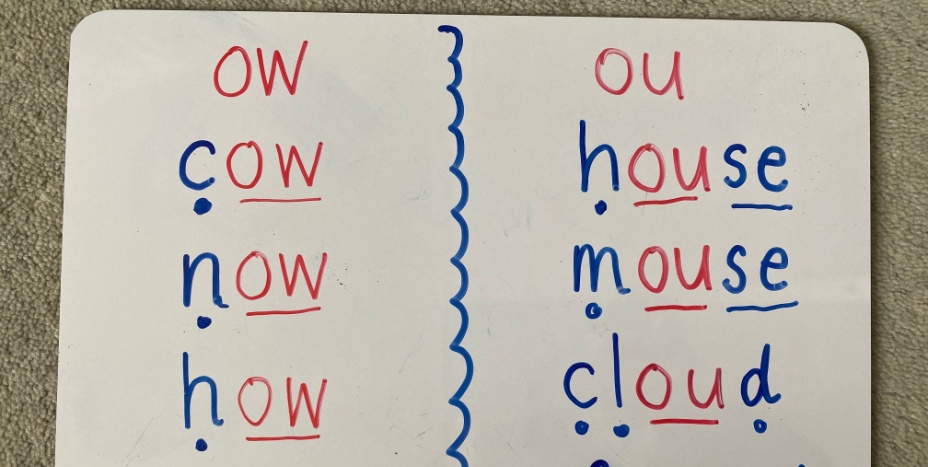
Build a Strong Vocabulary
Remember, being able to sound out words is only one part of the Simple View of Reading. Readers also need to know what those words mean. Kids with bigger vocabularies often enjoy reading more, as they can understand what they’re reading as they go along. Here are some fun ways to expand your child’s vocabulary.
Use Context Clues
Teach your child how to use context clues to make sense of unfamiliar words or complex sentences. This will help boost their language comprehension and keep them engaged when reading material is just a little above their skill level.
Context clues can include surrounding words or phrases, signal words, and illustrations or pictures. When you come across a word your child doesn’t know, help them use context clues before simply providing a definition.
Retell Stories
Want to know if your child truly understands what they’re reading? Ask them to retell the text in their own words. Even better, get them to act it out on their own or using puppets or stuffed animals. They can also draw pictures to illustrate the story or retell the events from a different character’s point of view.
Connect Reading to Personal Experiences
Encourage your child to make connections between what they read and their own experiences. This boosts language comprehension and makes reading feel more personal and relevant. Try questions like “Tell me about a time when you felt like this character does,” or “If you were [character], what would you do?”
Online Learning Tools
You don’t need specialized software to teach …., but using a tool like ABCmouse can make it a lot easier! Our app offers interactive and visually stimulating content that reinforces word recognition and reading skills through games and engaging activities.
Check Out ABCmouse ➜
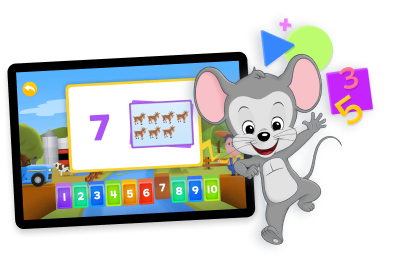
ABCmouse’s expert advice review process:
Our team of ABCmouse Curriculum Experts, made up of talented professionals in early childhood education and development, take a close look at educational content and learning claims. They put in the effort to make sure our information is accurate and current. We have a certified educator or another respected authority review the content, matching their expertise with the topic at hand. They’ll make sure the content is thorough and follows the latest research and educational guidelines. If they think we can make things even better, they’ll chat with our editorial team, and we’ll make those improvements right away. Only after a reviewer gives their thumbs-up does a piece of content get the official stamp of approval in the byline.
-
Odd and Even Numbers – Teaching Tips and Activities
Learn how to teach odd and even numbers with engaging tips, activities, printables, and fun games to build essential math skills in kids.
-
Open and Closed Syllables – Teaching Tips and Activities
Explore fun activities and tips to teach open and closed syllables. Boost kids’ reading skills with games, printable worksheets, and strategies for understanding syllable types. Perfect…
-
R-Controlled Vowels – Tips and Activities for Teaching Young Learners
Discover creative strategies, engaging activities, and essential tips to teach r-controlled vowels to early readers. Learn how these ‘bossy R’ combinations influence vowel sounds and find…
-
What Are CVC Words? Plus, Examples and Free Activities
Discover the importance of CVC words in early reading skills! Explore examples, teaching tips, and engaging free activities to help children decode simple consonant-vowel-consonant patterns, laying…
Legal Disclaimer: Any information, materials, or links to third-party resources are provided for informational purposes only. We are not affiliated with and do not sponsor/endorse these third parties and bear no responsibility for the accuracy of content on any external site.

